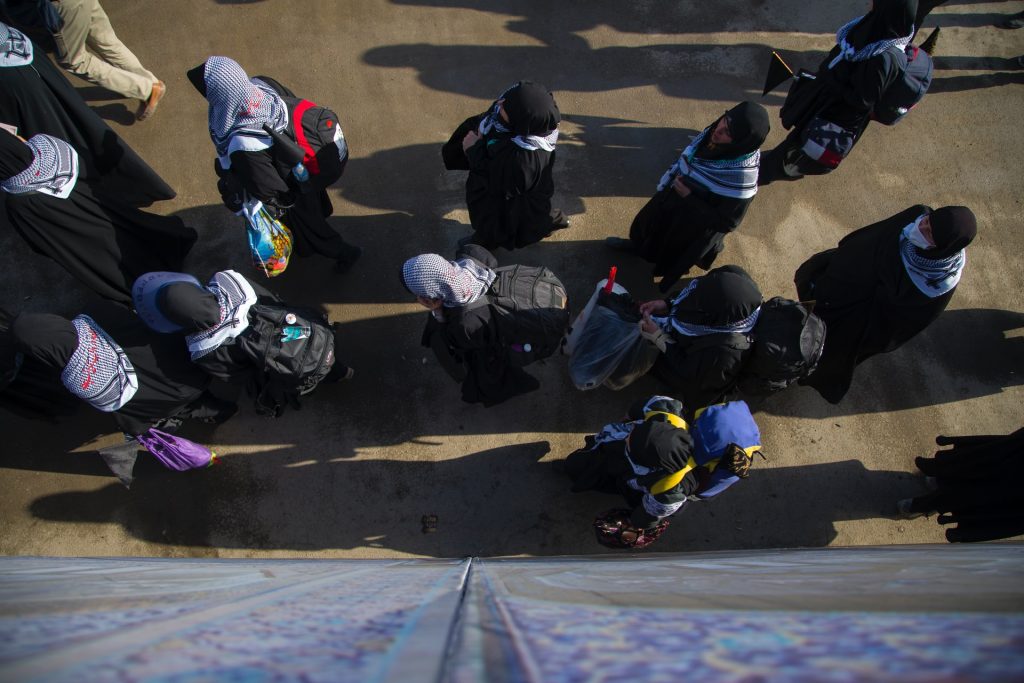For competitive shooters and firearms enthusiasts alike, shaving seconds off reload times can be the difference between victory and defeat. One firearm accessory that can significantly improve reload speed and overall handling is the flared magwell. This seemingly simple modification offers a wealth of benefits, making it a popular choice for pistols used in target shooting, tactical applications, and even concealed carry.
What is a flared magwell?
A flared magwell is a funnel-shaped attachment that extends the base of a pistol’s grip where the magazine is inserted. This wider opening guides the magazine during reloads, helping the user direct it into the magwell with greater ease and accuracy. Flared magwells come in various sizes and designs, with the degree of flare determining how much wider the opening becomes.
Benefits of Using a Flared Magwell
The primary benefit of a flared magwell is its improved reload speed. Providing a larger target area for the magazine reduces the chance of fumbling or misalignment, especially under pressure or in low-light conditions. That translates to faster and more consistent magazine changes, which are crucial in competition shooting and defensive situations.
Enhanced Ergonomics: Flared magwells can also improve the overall ergonomics of a pistol. The wider base can comfortably fill the palm, leading to a more secure grip and better control during firing. This is particularly beneficial for shooters with smaller hands who may find the standard grip size less than ideal.
Increased Confidence: When a shooter can perform reloads quickly and smoothly, it instills confidence in their ability to handle the firearm effectively. This improved confidence can translate into better performance under pressure, whether at the range or in self-defense.
Additional Considerations
Compatibility: Flared magwells are not universally compatible with all pistols. They are typically designed for specific models or series of firearms. It’s essential to ensure you choose a magwell compatible with your particular pistol.
Material: Flared magwells are typically made from either polymer or metal. Polymer options are lighter and more affordable, while metal magwells offer greater durability.
Retention: Some flared magwells incorporate a design element that aids magazine retention. This can be a helpful feature for competition shooters or those who carry concealed, as it helps to prevent accidental magazine release.
Concealability: For those who carry concealed, some flared magwells may be more difficult to hide due to the increased bulk at the base of the grip. However, there are low-profile flared magwells available that offer a balance between reload speed and concealability.
Installation
Installation of a flared magwell typically involves removing the grip panels and replacing the factory magwell with the new one. Some magwells may require minor disassembly of the pistol’s frame, while others snap into place. It’s crucial to follow the manufacturer’s instructions carefully during installation.
Conclusion
Flared magwells found in sylvanarms.com are a practical and effective modification for pistols, offering significant advantages for shooters of all skill levels. Whether you’re a competitive shooter aiming for faster times or a concealed carrier seeking an edge in a defensive situation, a flared magwell can enhance your control, confidence, and overall firearm handling. By considering the various factors discussed above, you can choose the right flared magwell to optimize your pistol’s performance and elevate your shooting experience.
